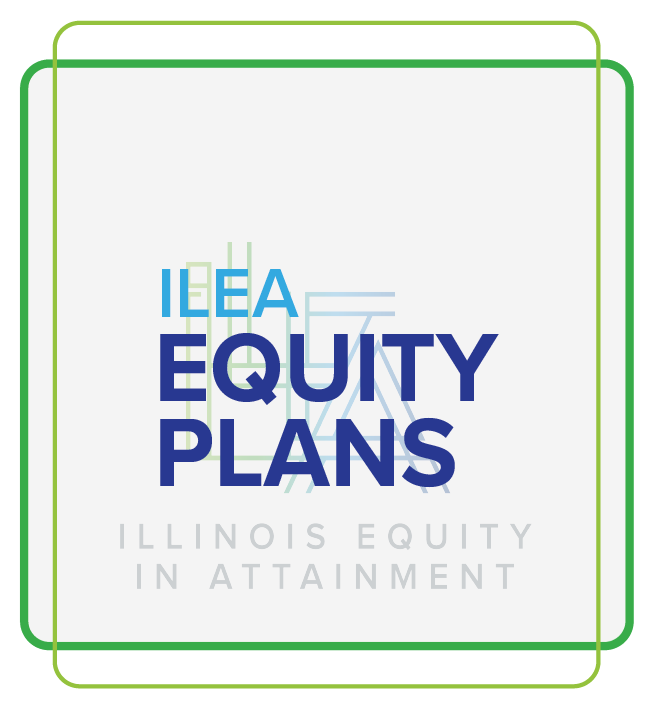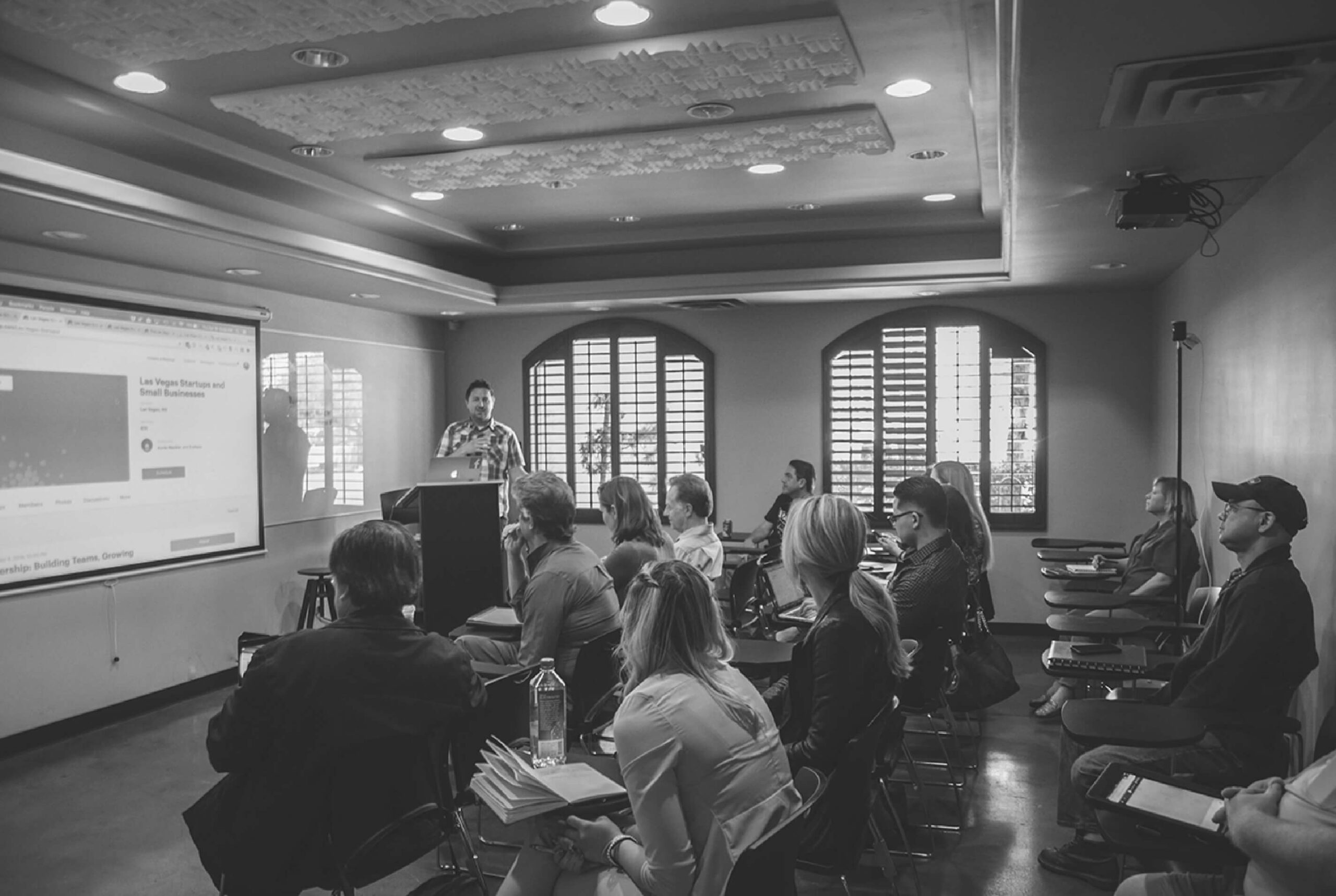
Julian Williams, Ph.D., Equity Program Manager | Aug 20, 2020
Eliminating disparities in degree attainment between Black and White students, Latinx and White students and Pell-receipt and non-Pell receipt students is no small task — but it is the challenge that our 28 college and university partners publicly committed to addressing when they volunteered to join the Illinois Equity in Attainment (ILEA) initiative.
Across the nation institutions have eliminated gaps on their campuses when they have had leaders committed to equity and a plan to guide their work. Our ILEA partners joined the initiative because their leaders were committed to equity. The Partnership’s task was to help them develop an Equity Plan, connected to but not the same as their institutional strategic plan, to eliminate inequities.
ILEA began with the belief that institutions can eliminate gaps in degree attainment if they systematically examine their policies and practices to identify barriers to momentum, identify and implement institutional strategies that are proven or have promise to address inequities, and track and evaluate their efforts on an ongoing basis so that they can make adjustments as they learn what works and what does not work.
by Author
Developing the ILEA Equity Plan
ILEA began with 25 institutional partners in 2018; and has grown to 28 institutional partners in 2020. Our partners are community colleges and 4-year public and private institutions. While each institution is in the state of Illinois, they can differ significantly in size, culture, structure, and the students that they serve. So, we set out to design an equity plan structure that was common enough to be used across 28 different institutions, but not so prescriptive as to diminish what makes each institution unique.
We ultimately developed an equity plan structure that asked each institution to name and examine their existing disparities, set interim benchmarks for key leading indicators, identify institutional strategies to address their existing inequities, and to develop a process for tracking and evaluating their results so that they could learn from, iterate upon, and improve equity outcomes for their students.
The development of each plan was spearheaded by a dynamic group of cross-departmental and cross-functional campus leaders that we call the ILEA Leadership Team. Over the course of 18 months, each ILEA Leadership team organized, coordinated, and engaged stakeholders across their respective institutions to create their campus wide equity plan.
Supporting Equity Plan Development
To support the development of our partner’s equity plans we developed a process that was high-touch, supportive, and responsive. Our supports included an: instruction guide, how-to webinar series, template document, and individualized feedback. The instruction guide explained the purpose of the plan and described each suggested section. The how-to webinar series complimented the instruction guide by providing live presentations about each section of the plan. The template provided an optional pre-formatted document that partners could use to embed their narrative, data, and charts. And lastly, and most importantly, each ILEA partner was paired with an Equity Program Manager from the Partnership that provided individualized feedback on their plan over the course of its development. Additionally, institutions will submit annual reflections about their equity plan implementation and the resulting student outcomes – successes, challenges and how they plan to adapt their plan in the year ahead based on lessons learned.
As a result of yearlong planning process, our ILEA partners will implement a wide range of institutional strategies to eliminate inequities in degree completion on their campuses. Some strategies are new to their institutions, while other strategies existed previously but will be refined or scaled to serve more students. Here is a list of some of the major institutional strategies that our ILEA partners will be implementing on their campus’s this fall:
- First year mentoring programs (peer; faculty)
- New financial supports for students (emergency scholarships, completion/reengagement grants; population specific grants)
- Addressing basic needs and non-academic supports (food pantries, textbook reform, social-emotional learning, social belonging)
- Creating or better supporting student organizations related to student identity/belonging/culture (Black student unions, Spanish clubs)
- Reforming first year courses & sequences (gateway courses; college success courses, orientation; bridge programs)
- TRIO programs and additional targeted wraparound supports (McNair Scholars; Male Success Initiatives; Latino Success)
- Academic advising reforms (early alerts; targeted advising)
- Reforming developmental education courses/placement
- Creating population specific success committees and councils
- Providing faculty professional development (high impact teaching practices and cultural competency/responsiveness)
We are honored to have had the opportunity to partner with such a dynamic group of institutions and to support the development of their equity plans, which will provide a roadmap for their targeted approaches over the next several years. The institutional introspection was difficult, the development process was imperfect, and COVID-19 required every institution to operate differently nearly overnight – yet, they persisted. Their equity plans are a public display of their commitment to equity. We are thrilled to announce the release of the ILEA Equity Plans and excited to continue supporting our ILEA partners as they begin implementation this fall.
In Partnership,
Julian Williams, Ph.D.
Equity Program Manager | Partnership for College Completion
Learn more about Equity Plans here.
ILEA Equity Speaks
Read perspectives from leaders at Morton College, Richard J. Daley College, and Roosevelt University about the mission driving their Equity Plan and experience developing it in the ILEA Equity Speaks Blog Series.

